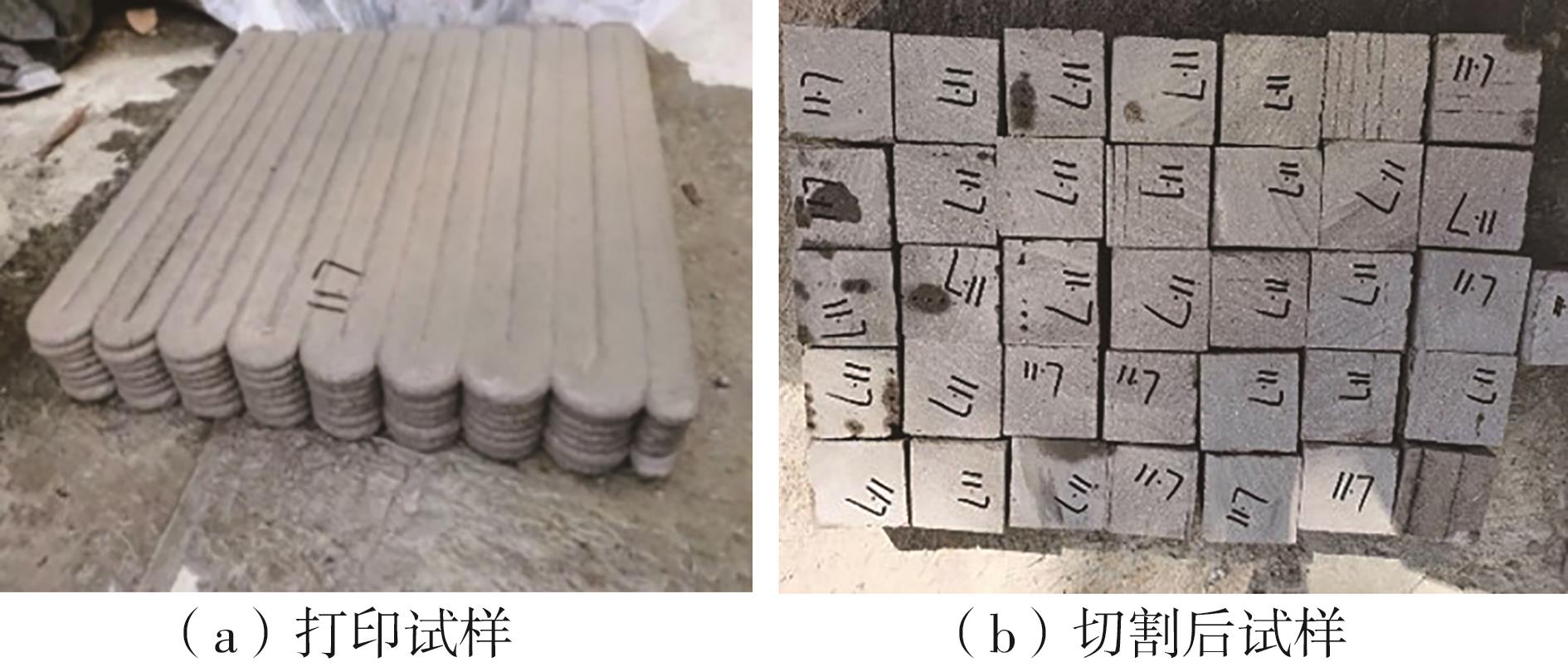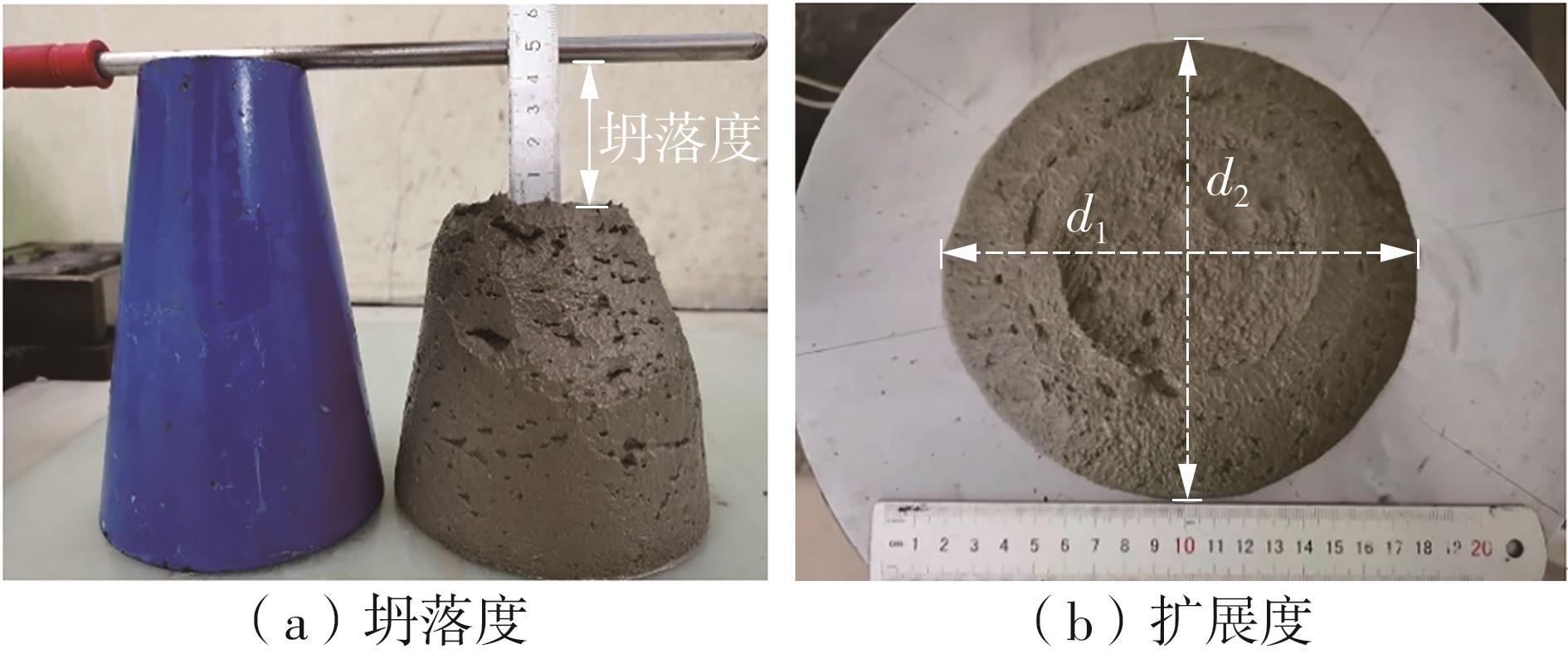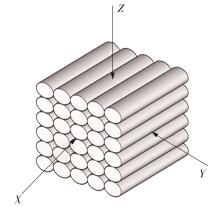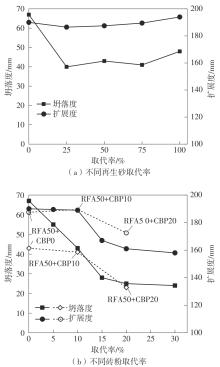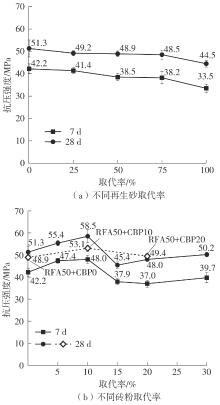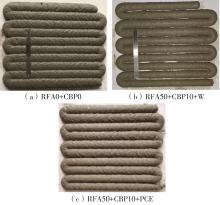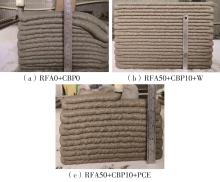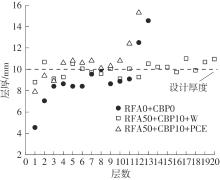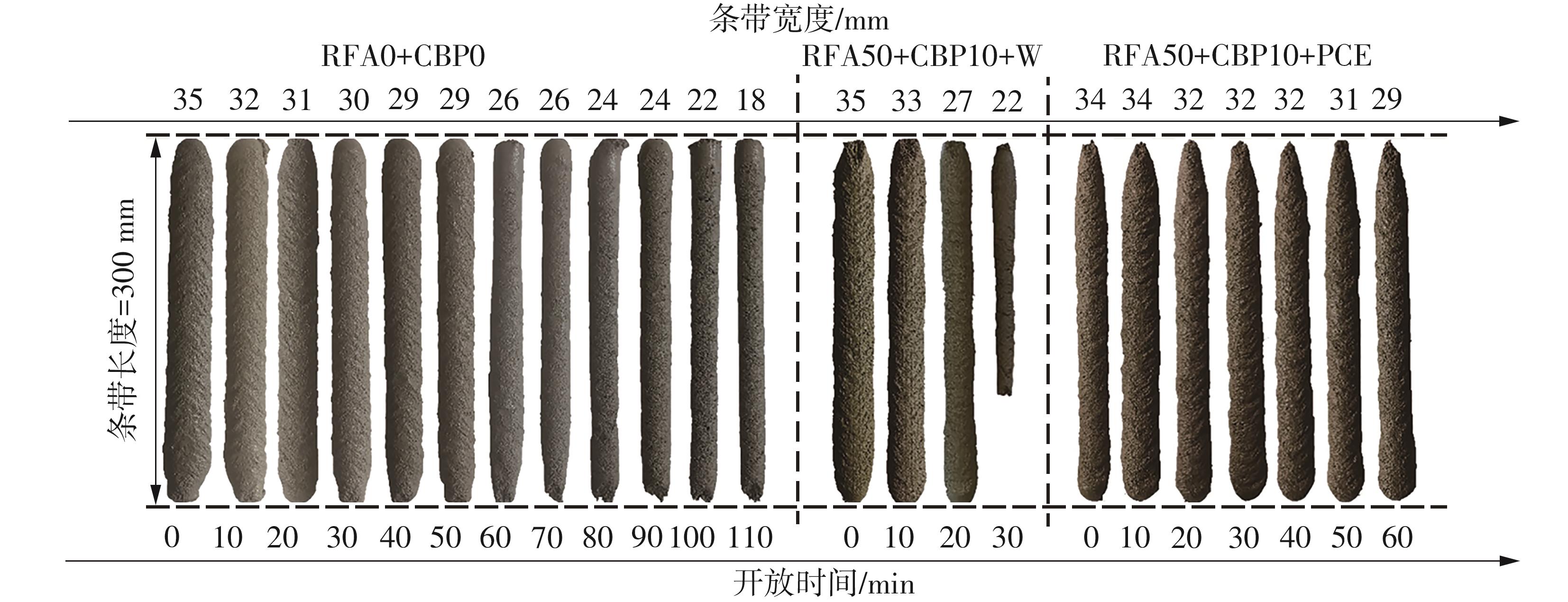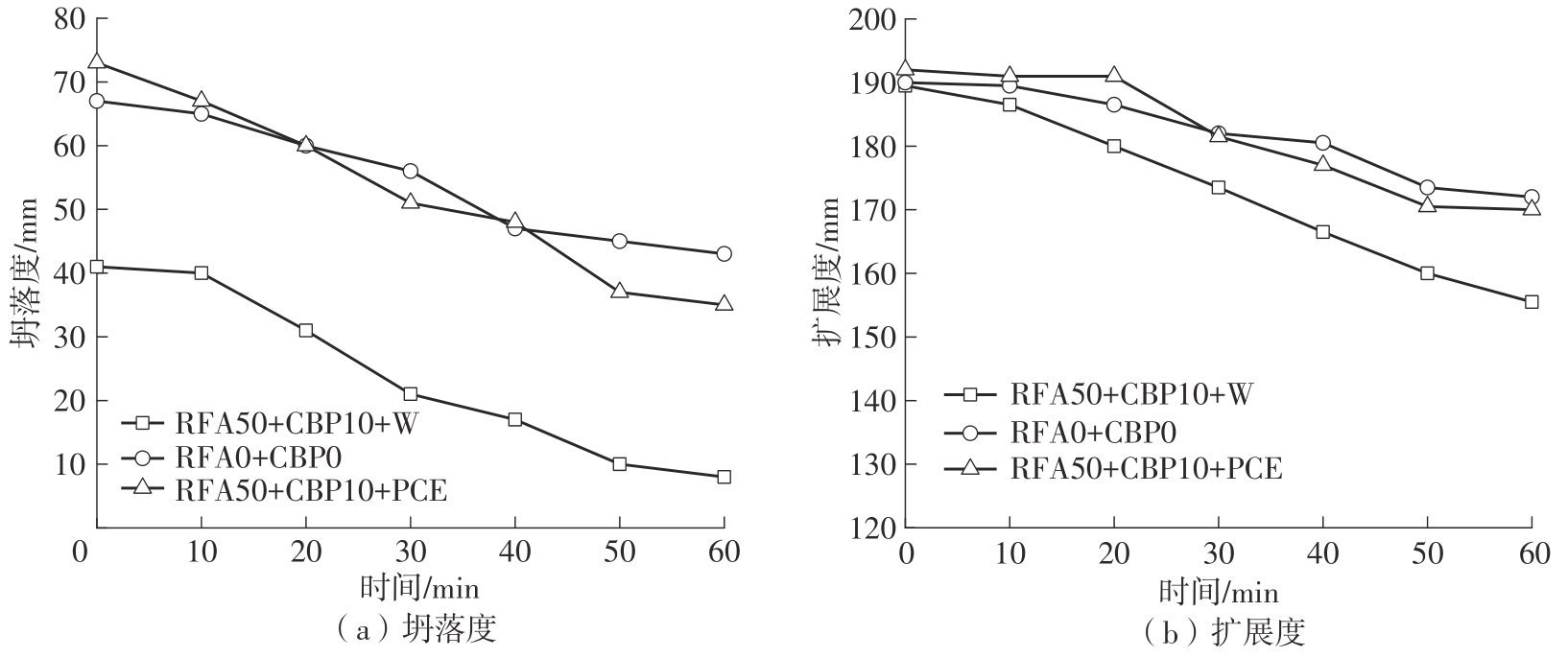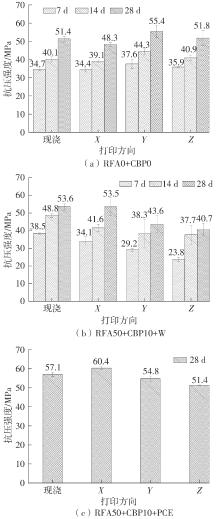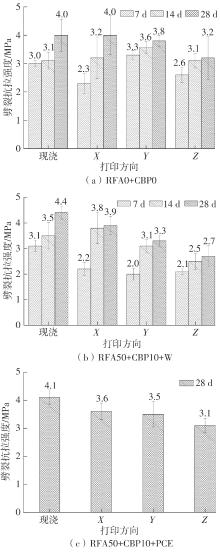| 1 |
KISKU N, JOSHI H, ANSARI M,et al .A critical review and assessment for usage of recycled aggregate as sustainable construction material[J].Construction and Building Materials,2017,131(30):721-740.
|
| 2 |
BEHERA M, BHATTACHARYYA S K, MINOCHA A K,et al .Recycled aggregate from C&D waste & its use in concrete-a breakthrough towards sustainability in construction sector:a review[J].Construction and Building Materials,2014,68(15):501-516.
|
| 3 |
DE ANDRADE SALGADO F, DE ANDRADE SILVA F .Recycled aggregates from construction and demolition waste towards an application on structural concrete:a review[J].Journal of Building Engineering,2022,52:104452/1-20.
|
| 4 |
WONG C L, MO K H, YAP S P,et al .Potential use of brick waste as alternate concrete-making materials:a review[J].Journal of Cleaner Production,2018,195(10):226-239.
|
| 5 |
TANG Q, MA Z, WU H,et al .The utilization of eco-friendly recycled powder from concrete and brick waste in new concrete:a critical review[J].Cement and Concrete Composites,2020,114:103807/1-24.
|
| 6 |
LAYACHI B, NOURREDINE A, MOLEZ L .Mechanical and durability properties of concrete based on recycled coarse and fine aggregates produced from demolished concrete[J].Construction and Building Materials,2020,246(20):118421/1-12.
|
| 7 |
SHAO J, GAO J, ZHAO Y,et al .Study on the pozzolanic reaction of clay brick powder in blended cement pastes[J].Construction and Building Materials,2019,213(20):209-215.
|
| 8 |
LAM M N T, NGUYEN D T, NGUYEN D L .Potential use of clay brick waste powder and ceramic waste aggregate in mortar[J].Construction and Building Materials,2021,313(27):125516/1-12.
|
| 9 |
ZHANG Y, ZHANG Y, SHE W,et al .Rheological and harden properties of the high-thixotropy 3D printing concrete[J].Construction and Building Materials,2019,201(20):278-285.
|
| 10 |
郝建军 .3D打印再生细骨料混凝土配合比设计及其性能研究[D].南昌:南昌大学,2020.
|
| 11 |
DING T, XIAO J, QIN F,et al .Mechanical behavior of 3D printed mortar with recycled sand at early ages [J].Construction and Building Materials,2020,248(10):118654/1-11.
|
| 12 |
DING T, XIAO J, ZOU S,et al .Hardened properties of layered 3D printed concrete with recycled sand [J].Cement and Concrete Composites,2020,113:103724/1-13.
|
| 13 |
HOU S, XIAO J, DUAN Z,et al .Fresh properties of 3D printed mortar with recycled powder[J].Construction and Building Materials,2021,309(22):125186/1-12.
|
| 14 |
崔天龙,王里,马国伟,等 .HB-CSA与膨胀剂对3D打印混凝土收缩开裂性能的影响[J].材料导报,2022,36(2):80-86.
|
|
CUI Tianlong, WANG Li, MA Guowei,et al .Effect of HB-CSA and expansion agent on shrinkage and cracking performance of 3D printing concrete[J].Materials Reports,2022,36(2):80-86.
|
| 15 |
ZHANG H, XIAO J .Plastic shrinkage and cracking of 3D printed mortar with recycled sand[J].Construction and Building Materials,2021,302(4):124405/1-11.
|
| 16 |
ZHANG H, XIAO J, DUAN Z,et al .Effects of printing paths and recycled fines on drying shrinkage of 3D printed mortar[J].Construction and Building Materials,2022,342(1):128007/1-15.
|
| 17 |
ZHAO Z, REMOND S, DAMIDOT D,et al .Influence of fine recycled concrete aggregates on the properties of mortars[J].Construction and Building Materials,2015,81(15):179-186.
|
| 18 |
ZHANG J, WANG J, LI X,et al .Rapid-hardening controlled low strength materials made of recycled fine aggregate from construction and demolition waste[J].Construction and Building Materials,2018,173(10):81-89.
|
| 19 |
MA G, LI Z, WANG L .Printable properties of cementitious material containing copper tailings for extrusion based 3D printing[J].Construction and Building Materials,2018,162(20):613-627.
|
| 20 |
刘超,胡天峰,刘化威,等 .再生复合微粉对混凝土力学性能及微观结构的影响[J].建筑材料学报,2021,24(4):726-735.
|
|
LIU Chao, HU Tianfeng, LIU Huawei,et al .Effect of recycled composite micro-powder on mechanical properties and microstructure of concrete[J].Journal of Building Materials,2021,24(4):726-735.
|
| 21 |
葛晓丽,褚洪岩 .再生砂超高性能混凝土力学性能研究[J].建筑材料学报,2020,23(4):810-815.
|
|
GE Xiaoli, CHU Hongyan .Mechanical properties of uItra-high performance concrete with recycled sand[J].Journal of Building Materials,2020,23(4):810-815.
|
| 22 |
WOLFS R J M, BOS F P, SALET T A M .Hardened properties of 3D printed concrete:the influence of process parameters on interlayer adhesion[J].Cement and Concrete Research,2019,119:132-140.
|

